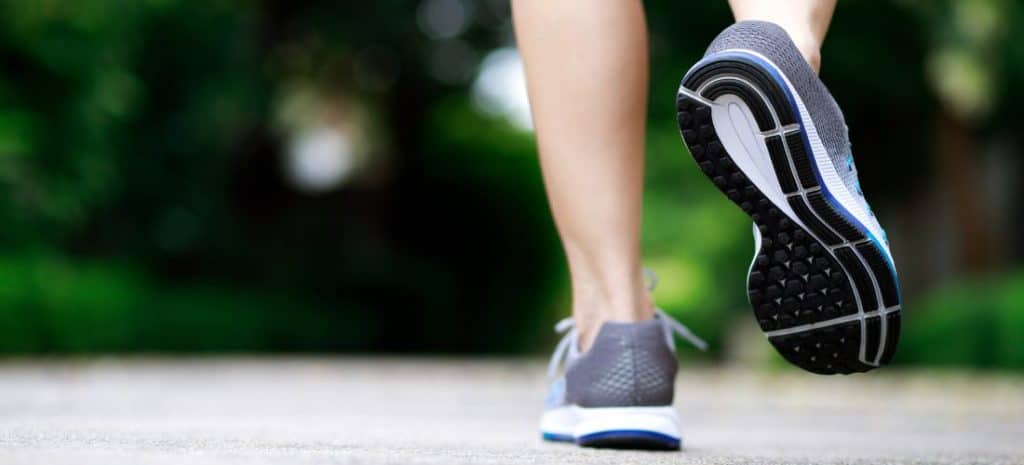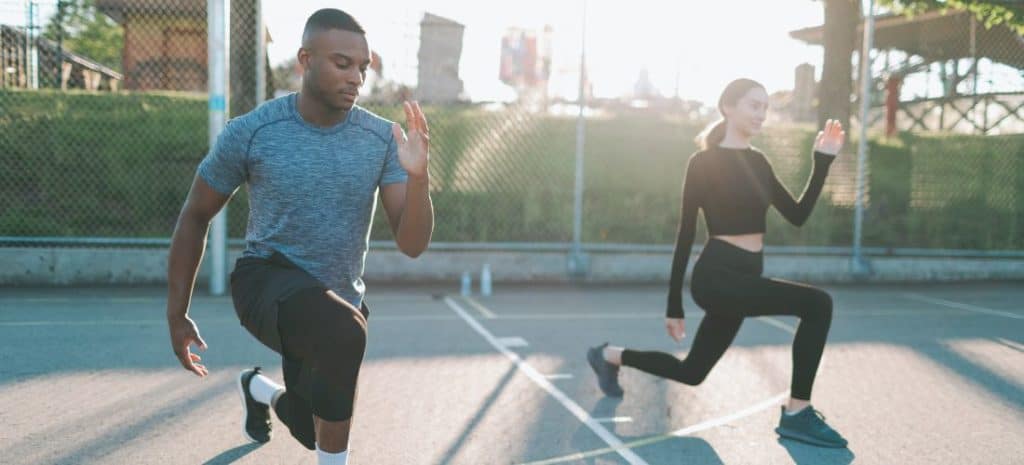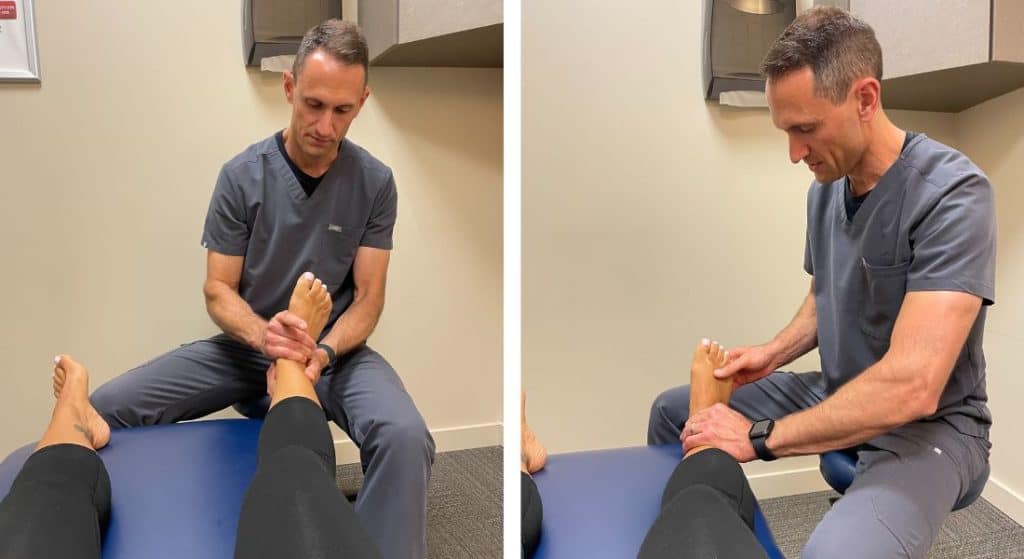Running is one of the most common forms of exercise that people take part in daily to stay in shape, whether it be recreational or competitive. According to a report from Statista Research Department, approximately 50 million Americans (or 15 percent of the U.S. population) participate in some form of running or jogging. Additionally, it is also estimated that approximately 50-70 percent of runners get injured each year.
Most Common Running Injuries
My clinical experience finds that runners typically come in with overuse/training injuries, mostly involving the lower extremities. Knee pain is probably the most common region of complaint, followed by the ankle (ankle sprains), lower leg pain (shin splints) and then the hip.
So how does one avoid injury while trying to stay in shape? When it comes to addressing these complaints, one of the principles I always revert to is the “Four S” principle. Those four “S’s” are speed, surface, sneakers, and strength.
Use the “Four S” Principle to Prevent Running Injuries

1. Speed
Speed kills. Well, not necessarily when it comes to running. If you are training for a marathon and you happen to rapidly increase your pace during your runs, then yes, you are likely to increase your risk of injury. However, quite often runners lack variable speed in their training. Doing runs with a slightly increased pace, sprinting, or repeats will often help to avoid injuries by increasing strength in leg musculature. There are many resources available online to research running speed workouts.

2. Surface
I can’t tell you how many times a runner has come to the office with an injury because they run 70-80 miles per month on the road and then decide they are going to run 5 miles in the trails only to experience either an acute injury from something such as a rolled ankle, or inflammation in a lower extremity joint secondary to an uneven surface. Changing up the surface that you run on will help to activate and engage smaller intrinsic muscles in the legs as well as give you proprioceptive feedback (aka telling your brain where your joints are), thus increasing balance and strength.

3. Sneakers
When it comes to running and footwear I have always deferred to the experts and always refer patients to local running stores so they can be properly fitted. Sure we can go on our favorite online store and randomly select running sneakers, but visiting a local store has its advantages. Joe Schwab, co-owner of Schwab’s 2nd Wind, kindly answered some questions regarding buying online versus in the store
What are the advantages of being fitted in-person for running shoes?
Joe Schwab: When it comes to being fit in-person versus online there are so many advantages to being fit in person. When talking to our customers we can get an idea of how they’re using the shoes, and their injury history. So many small factors that go into figuring out which brands and models can work best.
Is it a good idea to order the same shoe brand and model every time if it was a good fit the first time around?
Joe Schwab: From model to model, brand to brand, and year to year everything fits differently. To assume the same shoe in the same size can work over and over can get you into some trouble without trying them on.
Personally, I change my sneakers about every 300 miles and have changed models and most recently brands. If the shoe doesn’t feel right, chances are it isn’t and will lead to injury.

4. Strength
I saved the best for last! In my opinion, strength is the most important aspect when it comes to avoiding running injuries. Running is a unilateral sport and at any given point in time either one foot is in contact with the ground, or the body is completely airborne. If there is a deficiency in muscle strength on one side of the body there is potential for injury to that side, or often an overuse type injury on the opposite side. This is where a thorough evaluation comes into play. Looking at a patient from the ground up, including mobility of the ankle, knee, and hip joints, as well as isolating and muscle testing the major muscle groups of the lower extremities is so important. Once these muscle weaknesses or imbalances are identified, a strength program can be developed to help the runner overcome these potentials for injury.
If you are a runner, or even thinking about taking up running, don’t be afraid to lace up those sneakers and hit the road or the trails. However, if you are experiencing some pain or discomfort while running, or even have questions before you hit the road or trails for some miles, don’t be afraid to come in and ask the doctors for their professional opinion!



